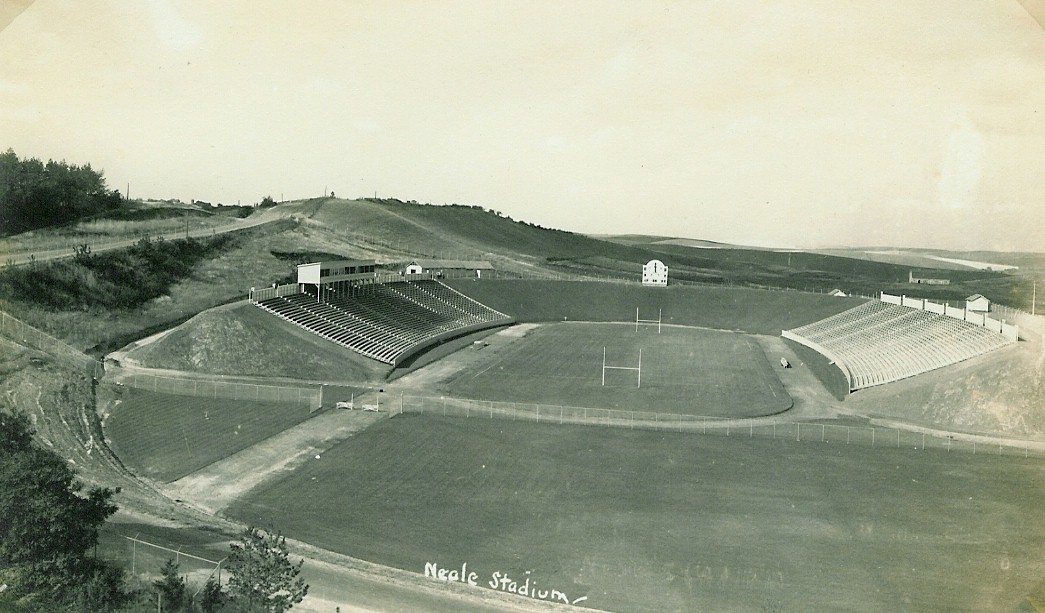My uncle, James Joseph Parsons, sadly passed away on 2 July 2015, aged 82. Known as Parso to his many friends, he spent half a century on the Gold Coast and was a well-known sports official there. His two sporting loves were rugby league and surf life saving.
His friends in the Tugun Surf Life Saving Club paid Parso the greatest tribute by spreading his ashes into the ocean by the Tugun Surf Club. The speech that was delivered on that sad day is reproduced here.
Spreading the Ashes
of James Joseph Parsons
into the Ocean off
Tugun Beach,
Sunday 30 August 2015
It is
fitting that today after just completing another season of the Tugun SLSC
Winter Surfers, we will shortly spread the ashes of one of our most revered
members, James Joseph Parsons.
Jim or
Parso passed away 2 July 2015 at 82 years of age. He spent most of his early
childhood at Tarro out of Newcastle NSW. He was always very quiet about this at
State of Origin time. He was the eldest of five children and he is survived by
sister Carole and two brothers. He led a very full life, but he never took a
wife. As his old Navy mate Frank Osbourne bravely says, ‘It’s a wonder he
didn’t live to be 100’.
Jim was
a member of Australia’s Defence Force, having served a 12 year stint in the
Royal Australian Navy from 1951 to 1963. In 1953 he served in Australia’s Peace
Keeping Force in Korea on the cessation of the Korean conflict, and he also
served for one year at our naval base at Tarangau on Manus Island. Parso was
always quick to point out that regardless of what is happening on Manus Island
now, he was not a refugee.
Jim
loved a punt on the horses and it seemed that not a day went past without
having an interest. This interest was very widely spread. Frank recalls him
inviting him to the races one Saturday, saying he really wanted to go because
he knocked off the trifecta in Hong Kong the previous night. He was a member of
several clubs, Twin Town Services and Southport Tigers Rugby League Club, where
he was delegate to Group 18 Rugby League, to name a few. However, it was his
39-year membership of the Surf Life Saving Association that was the most
enduring and his greatest love.
Jim
joined the Tallebudgera club in 1976 as an associate member. However, he
transferred to Tugun in 1982. It was around this time when I first me Jim when
I took up a position with Telecom Australia at Gold Coast in 1979. He was a
maintenance telephone technician. In the years since I have never heard a bad
word spoken of him, nor he of others.
At
Tugun he quickly gained a reputation as a willing worker. He became a strong
supporter of our Nippers. He was an inaugural member of the Legless Eleven who
are still prominent in Nipper working parties for State Titles, particularly
when staged at far away places. Their penchant for getting lost on-route is
legendary but they always made it through with the assistance of copious doses
of beverage on the way. At one stage Jim thought it was appropriate to
introduce a strict rule that they would not have a drink on outbound trips
until they got to the Tugun traffic lights.
Parso
is also remembered for his efforts as Club Registrar. Club records were in a
sorry state when he took over this job. It was one of those jobs no-one liked
to do and as a consequence it seemed impossible for it to be done completely.
Today, in the age of text messages, emails, computers and threats to cancel
your fob it is still a formidable job. Parso did it all by hand and he did a
meticulous job of endlessly chasing up members for information. He remained
good natured at all times and I don’t know how he did it. Over a period of
about 10 years he earned the respect of everyone. He also held the positions of
club Home Director and R&R Manager.
However
it was his involvement in Tugun’s Winter Surfers that Jim seemed to love most.
He was a foundation member 29 years ago and remained in touch for the rest of
his life. For most of that time he was the Fine Collector and Treasurer. His
records were always fastidiously compiled. We still live in awe at his courage
in later years, struggling with shortness of breath and heavy gas bottles, to
retain his participation.
Parso
was always approachable, happy and anxious to help. He was the quintessential
Australian Bloke and was deeply admired. He will be missed and always
remembered.
I will now
hand over to our March Past Team led by Kev (Rooster) Watson as Jim’s ashes are
carried to the water’s edge and transferred to the IRB for casting into the
ocean.
Please
join me in spending a few moments in silence as we remember Jim Parsons.
Thanks for
your indulgence folks.
Geoff
Wright
Mick
Rochester
Alan [G
- illegible]










